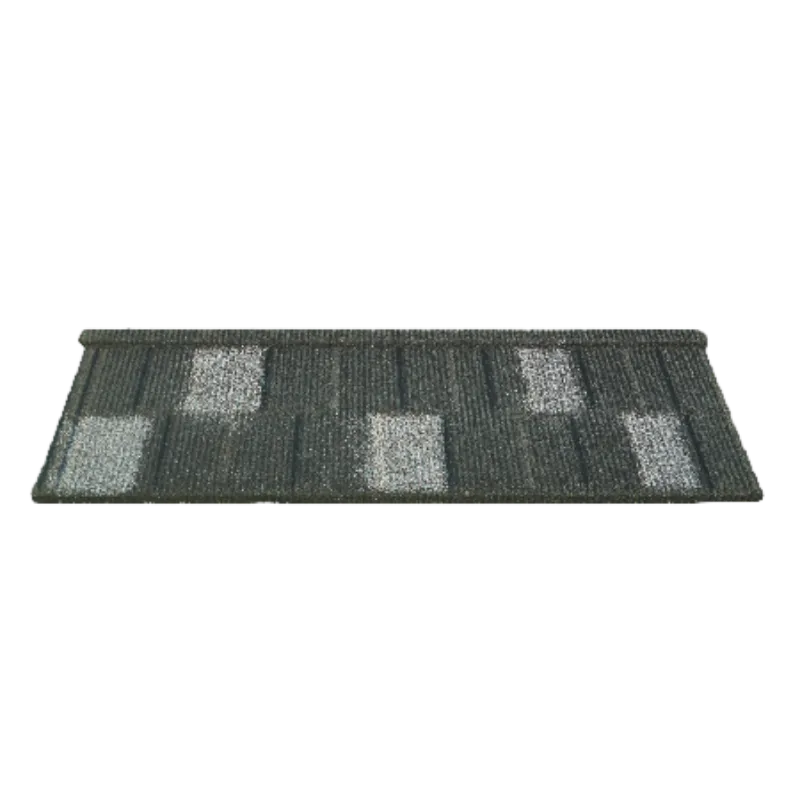
ທ.ວ. . 16, 2024 17:44 Back to list
Understanding the Benefits and Applications of Rolled Asphalt Roofing Solutions for Your Home
Understanding Rolled Asphalt Roofing A Comprehensive Guide
Rolled asphalt roofing, also known as rolled roofing, is a popular choice in the world of roofing materials, particularly for low-slope and flat roofs. Its appeal lies in its affordability, ease of installation, and ability to provide a reliable waterproof barrier. In this article, we will delve into the characteristics, installation process, advantages, and maintenance tips for rolled asphalt roofing.
What is Rolled Asphalt Roofing?
Rolled asphalt roofing is a type of roofing material that comes in large rolls, typically made from a combination of asphalt, felt, and fiberglass or organic materials. It is designed for a variety of roofing applications and is available in both mineral-surfaced and smooth finishes. The mineral-surfaced version is generally recommended for most applications due to its enhanced durability and UV resistance.
When properly installed, rolled asphalt roofing creates a seamless waterproof barrier that can protect a structure from the elements. It is often used in residential, commercial, and industrial buildings, making it a versatile option for many roofing projects.
Advantages of Rolled Asphalt Roofing
1. Cost-Effective One of the biggest advantages of rolled asphalt roofing is its affordability. Compared to traditional shingles or tiles, rolled roofing can significantly reduce material costs, making it an attractive option for budget-conscious homeowners and builders.
2. Ease of Installation Rolled roofing is relatively easy to install, making it a favorite among DIY enthusiasts and professional roofers alike. The large rolls cover more surface area than individual shingles, allowing for quicker installation times.
3. Durability While not as long-lasting as some other roofing materials, rolled asphalt roofing can still provide adequate protection for many years. With proper installation and maintenance, it can withstand various weather conditions, including rain, snow, and sunlight.
4. Versatility Rolled asphalt roofing can be applied to different types of roofing structures, including sheds, garages, and flat roofs on homes. Its flexibility allows it to conform to various shapes and sizes, making it suitable for a range of architectural styles.
5. Low Maintenance Once installed, rolled asphalt roofing requires minimal maintenance. Regular inspections and occasional cleaning can help prolong its lifespan and maintain its effectiveness.
Installation Process
The installation of rolled asphalt roofing can be broken down into several key steps
rolled asphalt roofing

1. Preparation Begin by removing any old roofing material and ensuring the roof deck is clean and dry. Repair any damage to the underlying structure before proceeding.
2. Underlayment Install a suitable underlayment to provide an extra layer of protection against moisture. This could be a felt paper or a specific underlayment product designed for use with rolled roofing.
3. Rolling Out the Material Starting from one edge of the roof, roll out the asphalt roofing material, overlapping the edges to ensure complete coverage. Each successive row should overlap the previous one by at least six inches.
4. Securing the Roofing Use roofing nails to secure the rolled roofing in place, ensuring the nails are driven into the overlap areas for maximum hold. For added security, particularly in high-wind areas, the seams can be cemented with roofing cement.
5. Finishing Touches Once the entire roof is covered, check for any gaps or areas that may need additional sealing. Trim any excess material and apply flashing around edges and penetrations like vents and chimneys.
Maintenance Tips
To extend the lifespan of rolled asphalt roofing, regular maintenance is essential
- Inspect Regularly Check for signs of wear, such as cracks, blisters, or tears. Early detection of issues can prevent more significant problems down the line.
- Clean Gutters Make sure gutters and downspouts are clear of debris to ensure proper water drainage and avoid ponding on the roof surface.
- Remove Debris Regularly clean any leaves, branches, or other debris from the roof to prevent water buildup and damage.
- Address Issues Promptly If you notice any signs of wear or damage, address them promptly to prevent further deterioration.
Conclusion
Rolled asphalt roofing is a practical, cost-effective solution for a variety of roofing needs. Its ease of installation and versatility make it a popular choice among homeowners and contractors alike. With proper installation and maintenance, rolled roofing can provide reliable protection for your home for many years to come. Whether you’re embarking on a new roofing project or considering a replacement, rolled asphalt roofing deserves serious consideration as a go-to option.
-
Top Stone Coated Metal Roofing Suppliers & Manufacturers Durable Stone Coated Metal Tile Solutions
NewsJul.07,2025
-
How Many Bundles of Asphalt Shingles in a Square? Fast Roofing Guide & Tips
NewsJul.07,2025
-
How Long Should a Cedar Shake Roof Last? Expert Guide & Replacement Options
NewsJul.06,2025
-
Premium Expensive Shingles Enhance Your Roof with Lasting Durability and Style
NewsJul.06,2025
-
Roof Shingle Construction Durable & Cost-Effective Asphalt Roof Solutions
NewsJul.06,2025
-
Premium Red 3 Tab Roof Shingles for Durable, Stylish Roofing Solutions
NewsJul.05,2025







